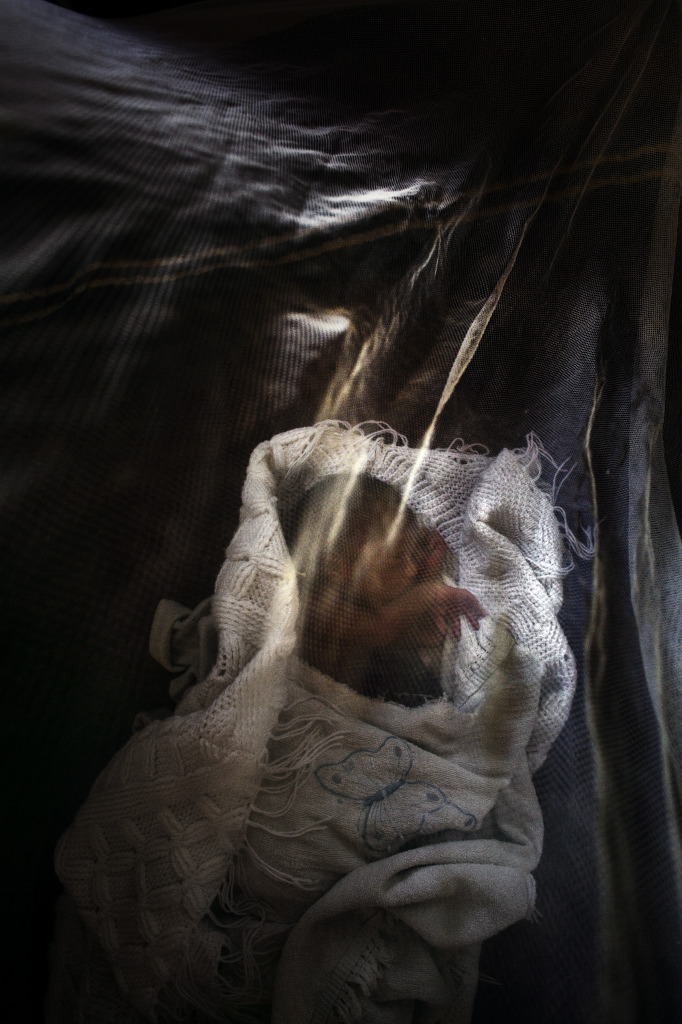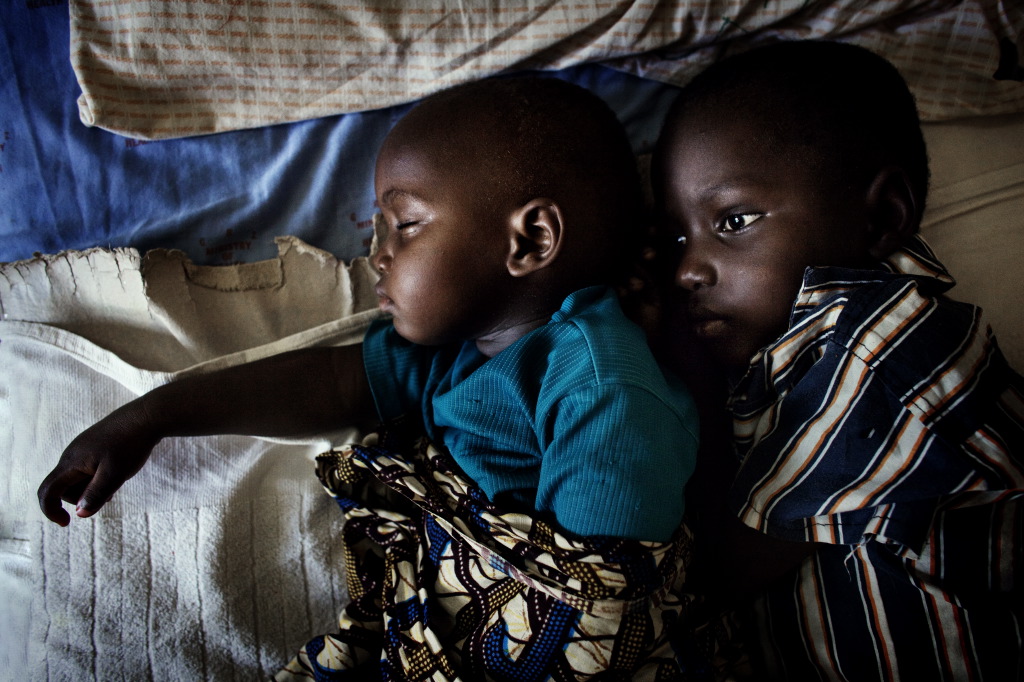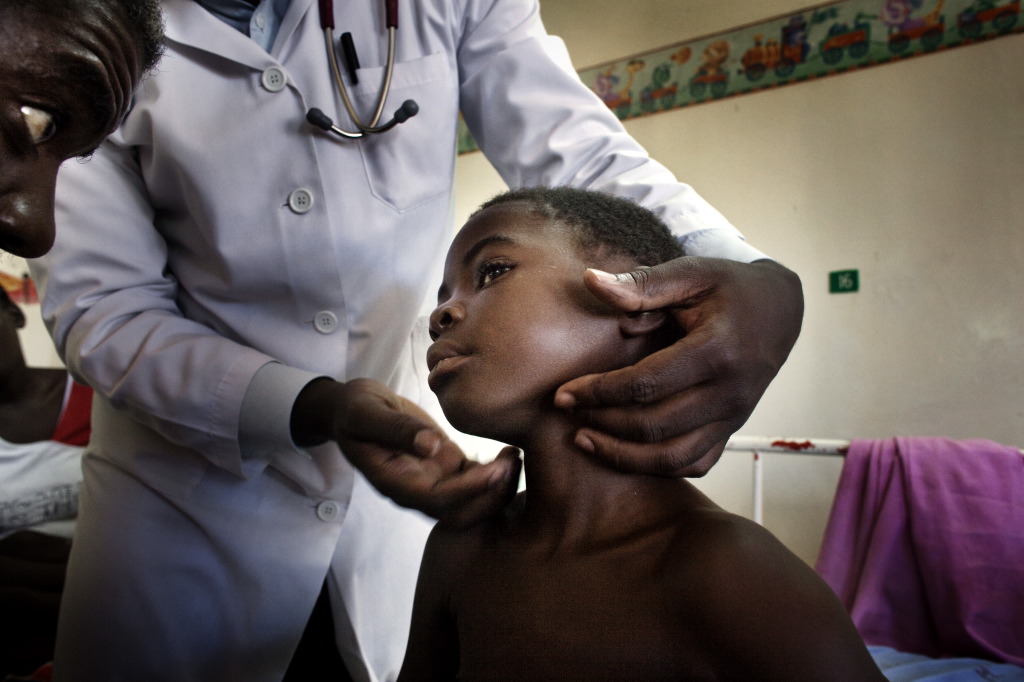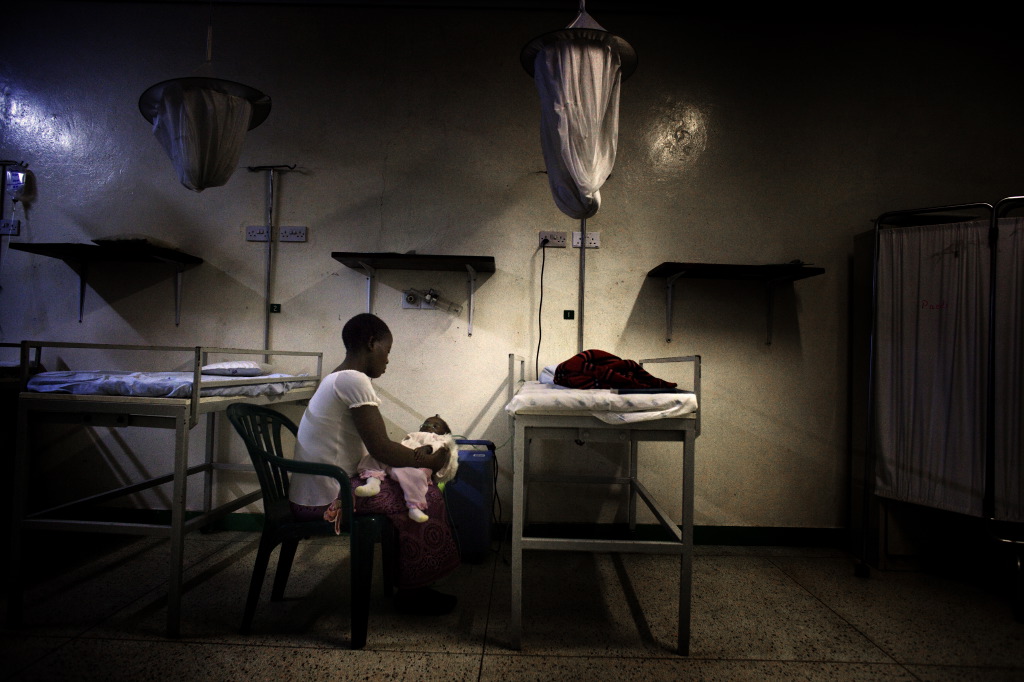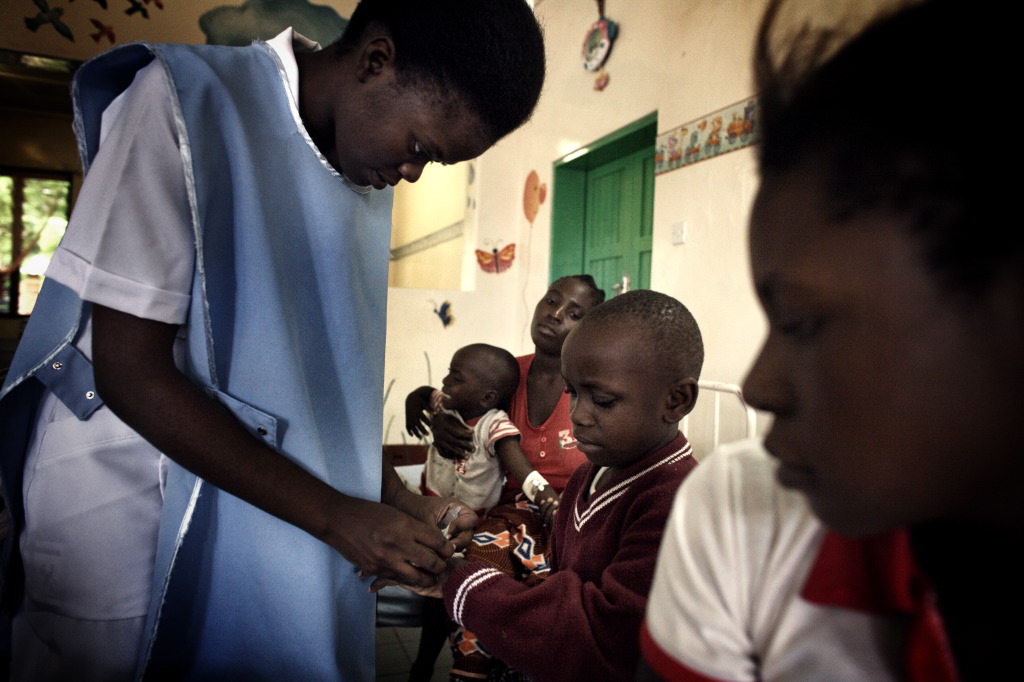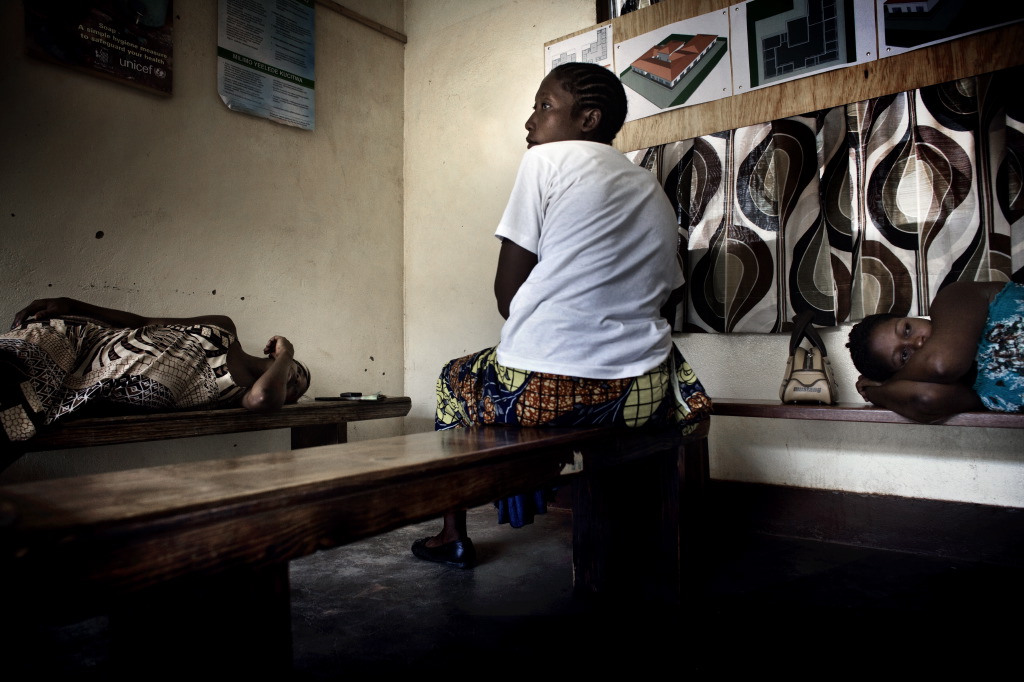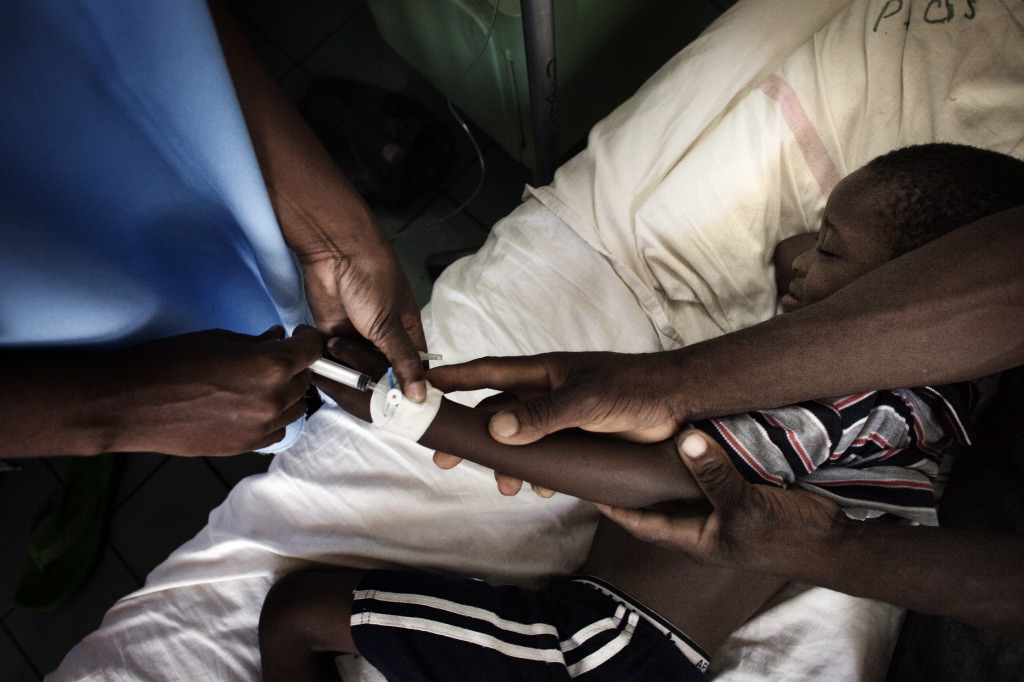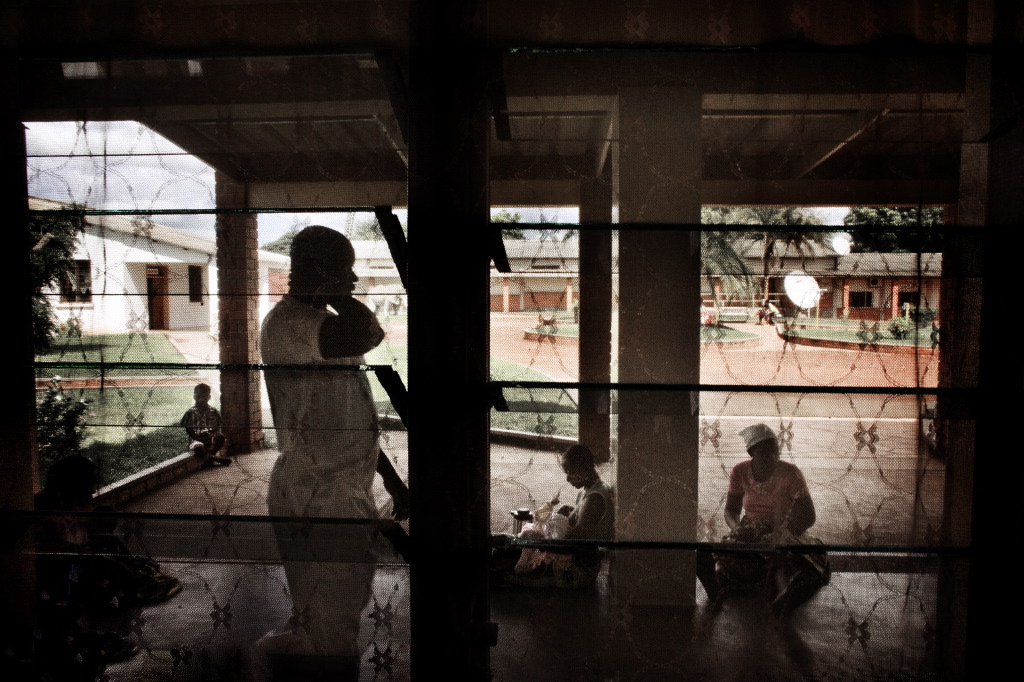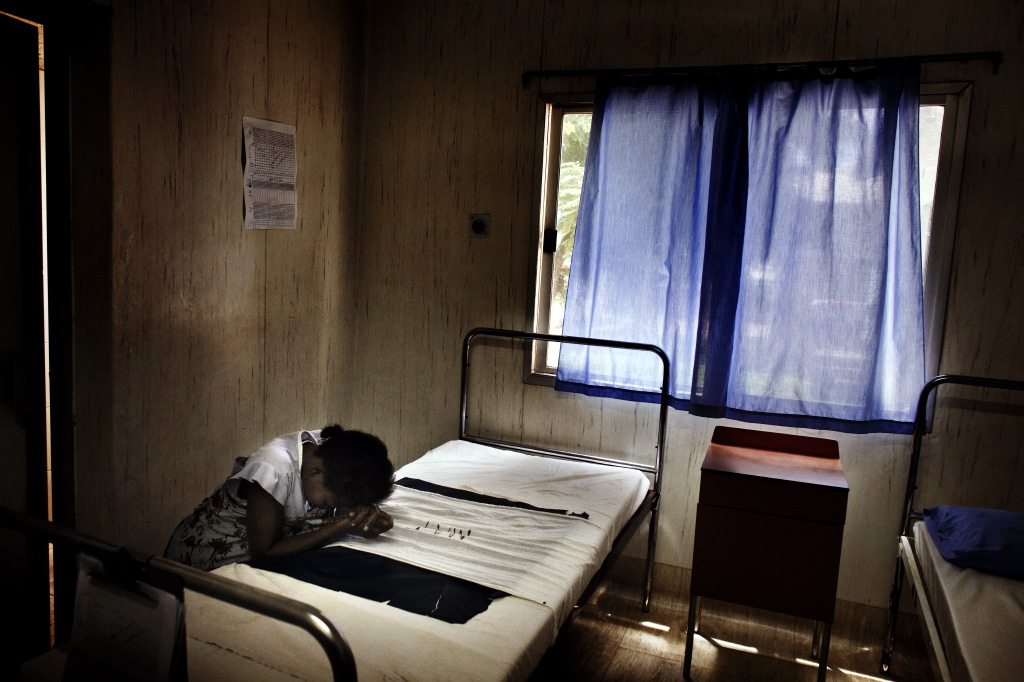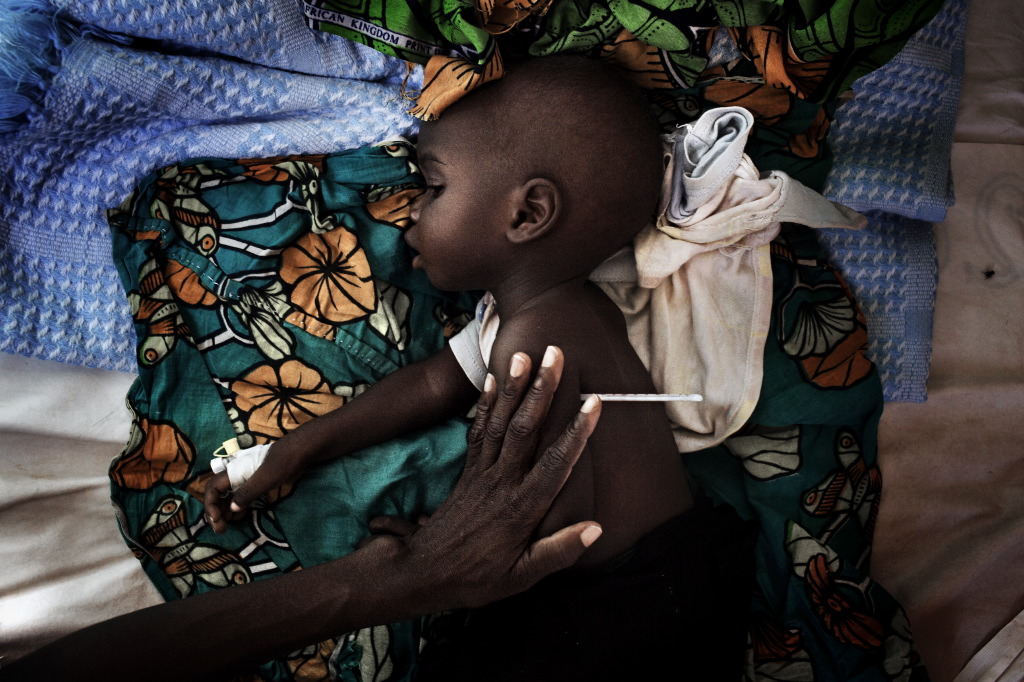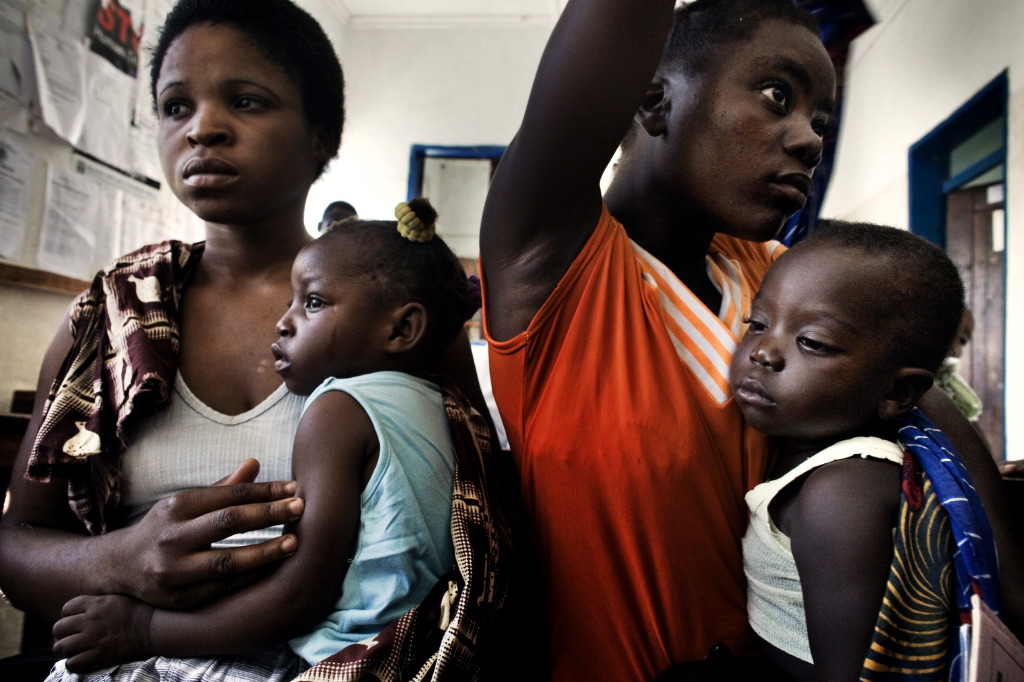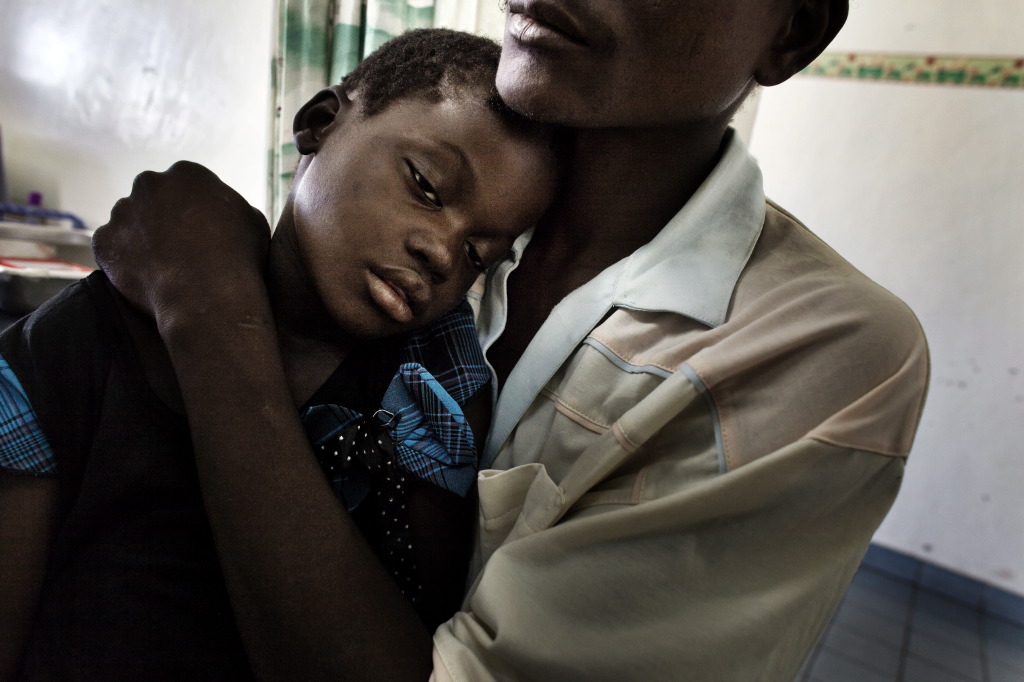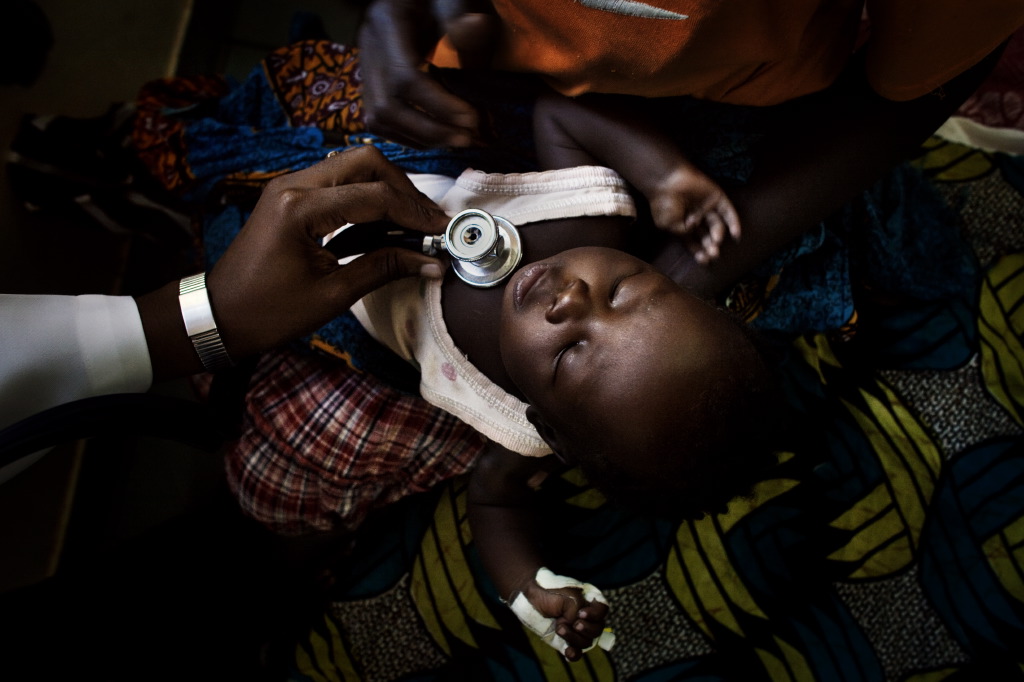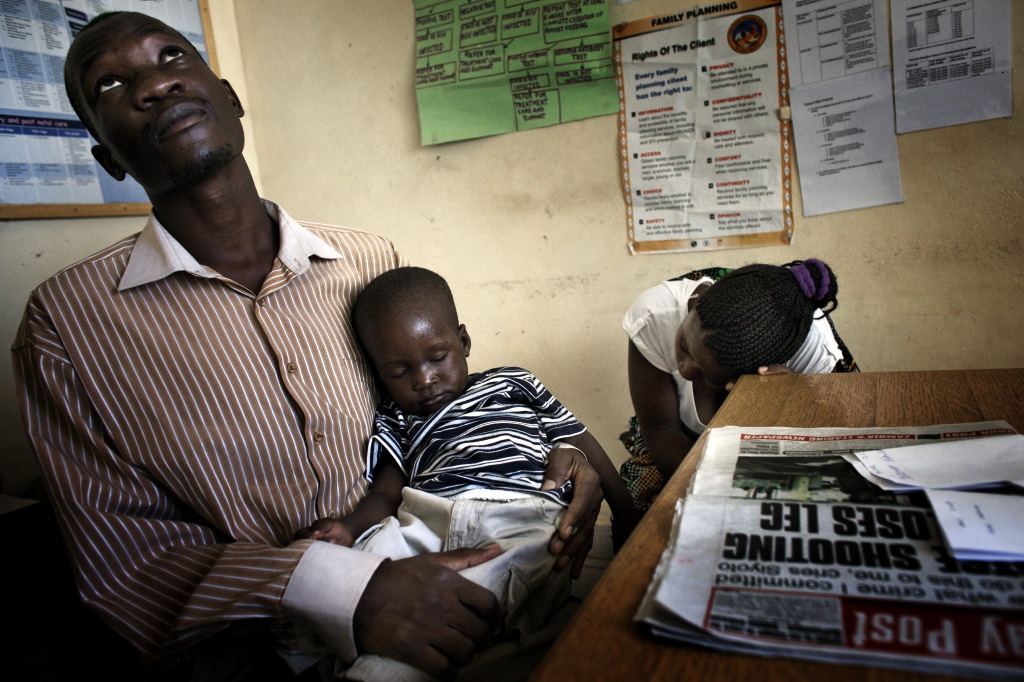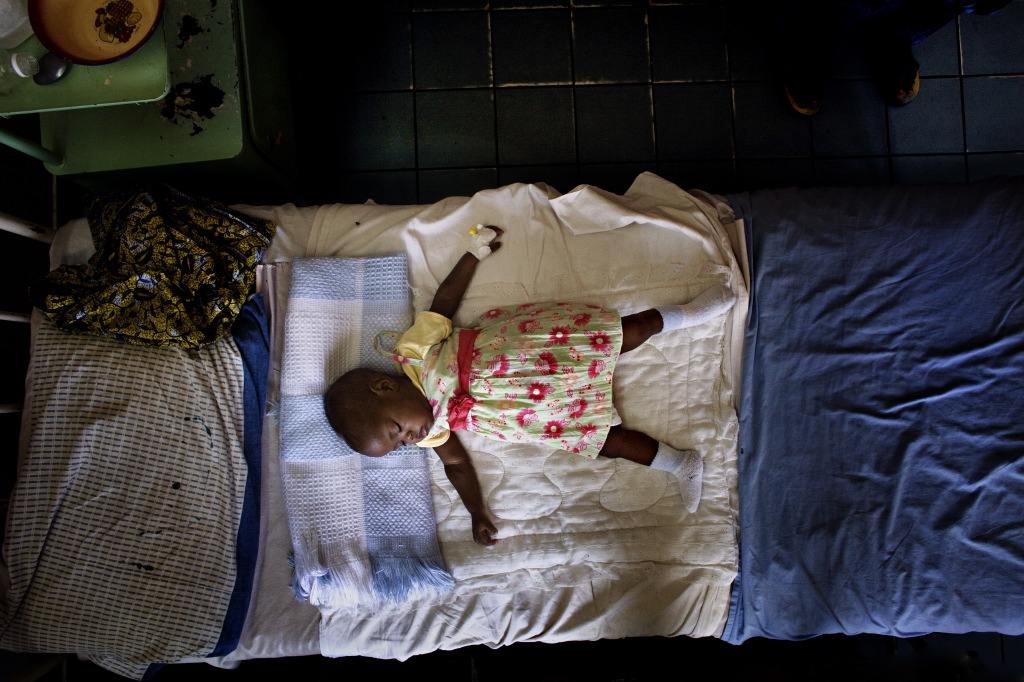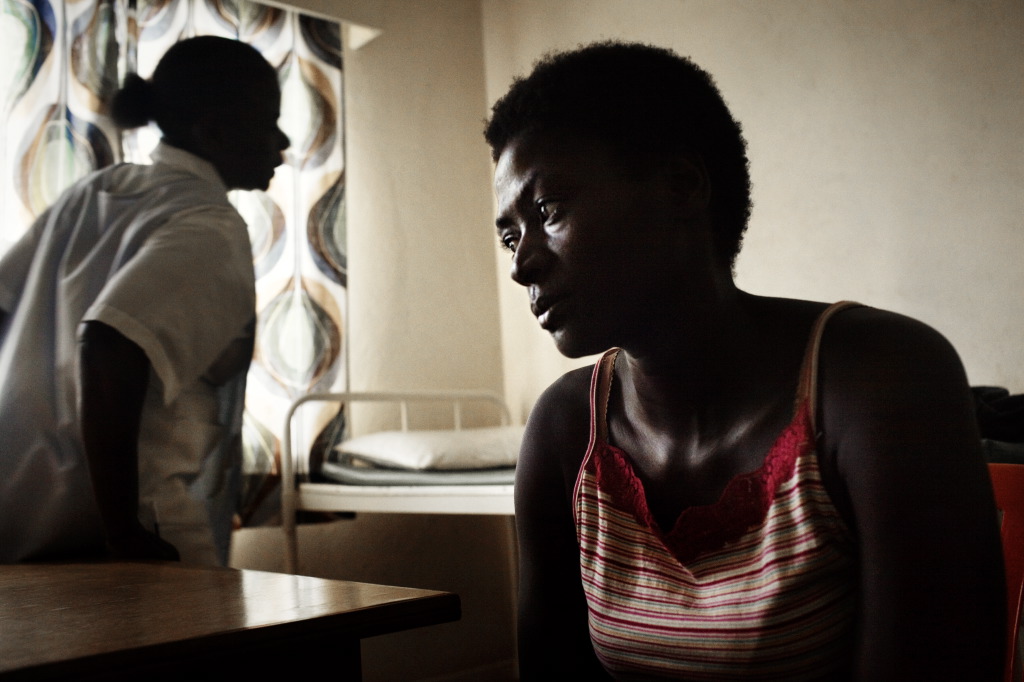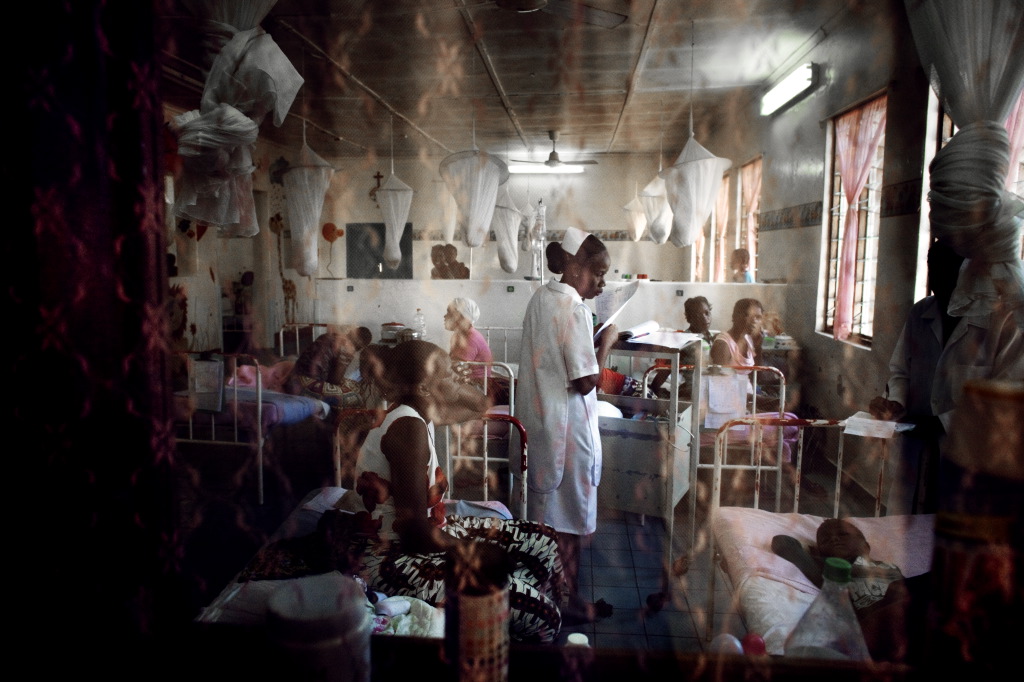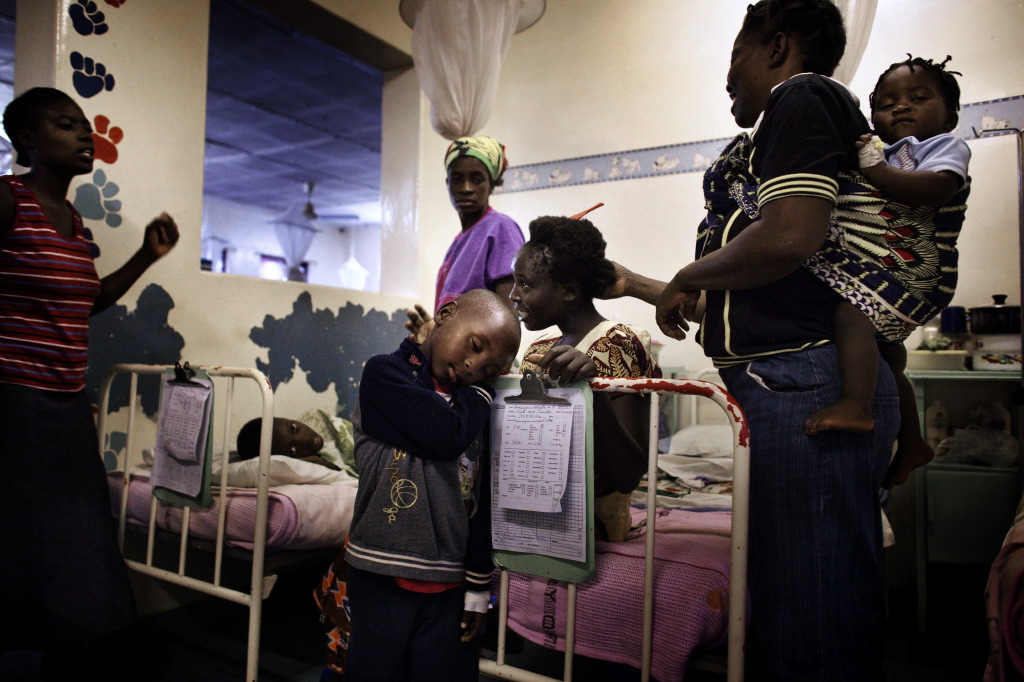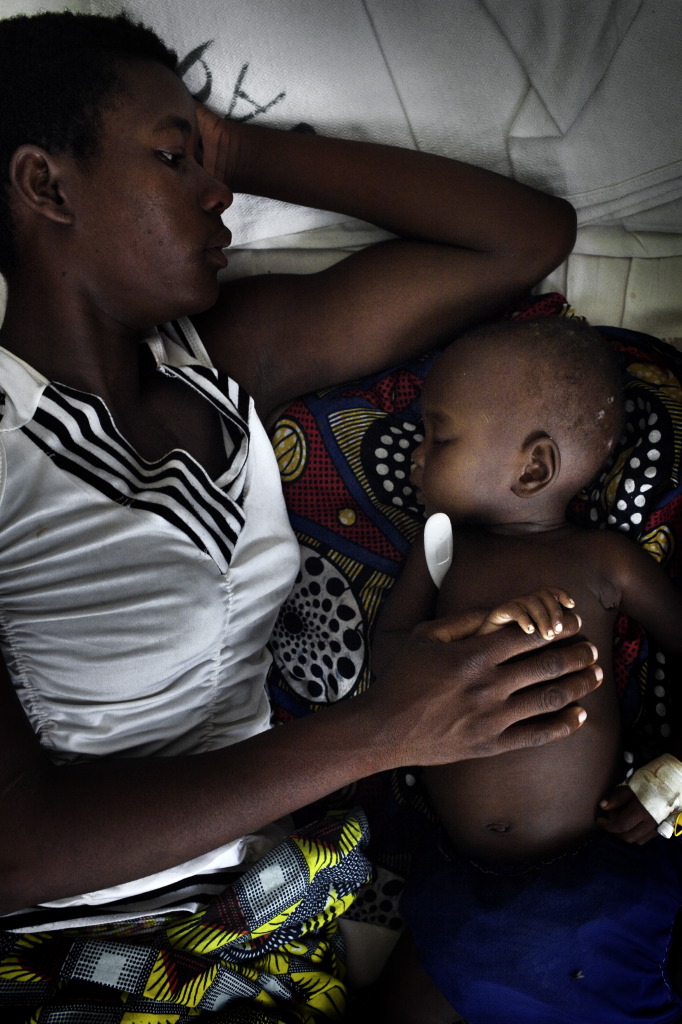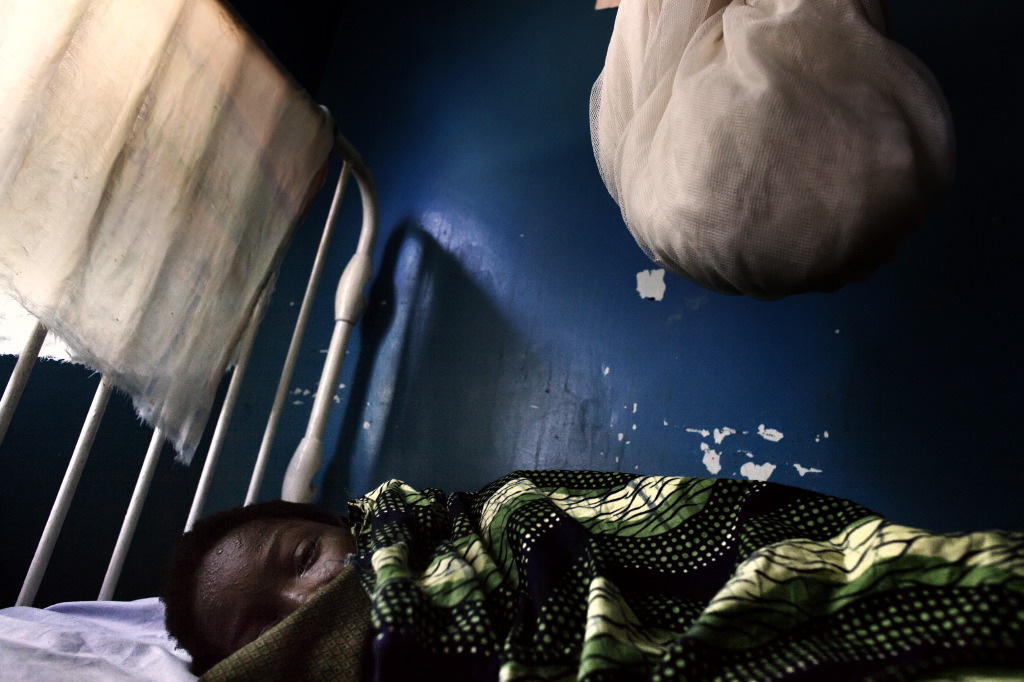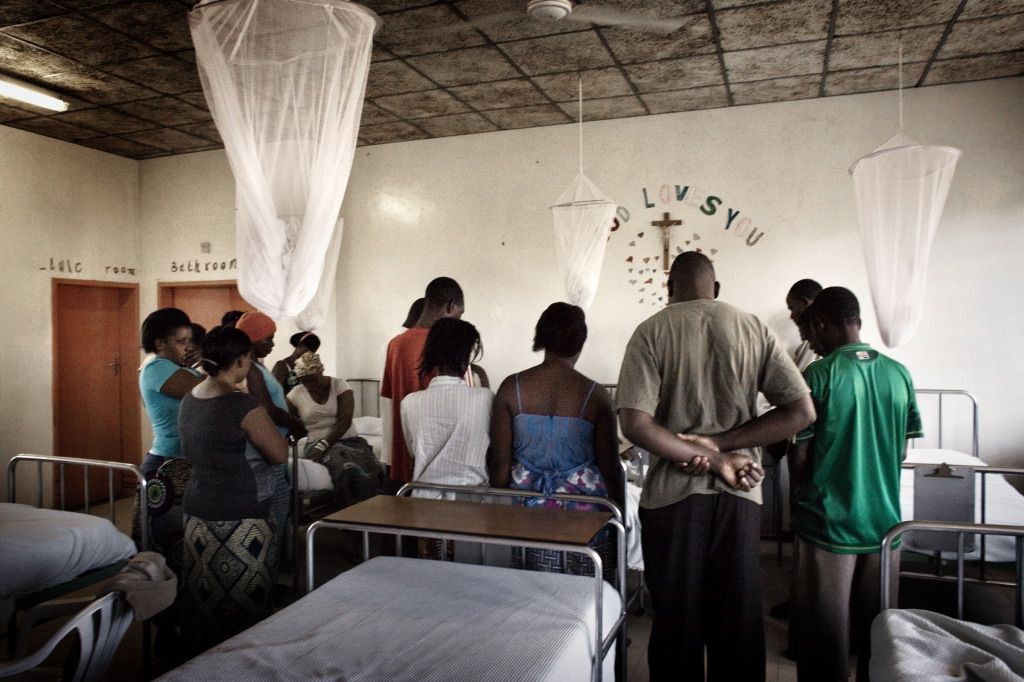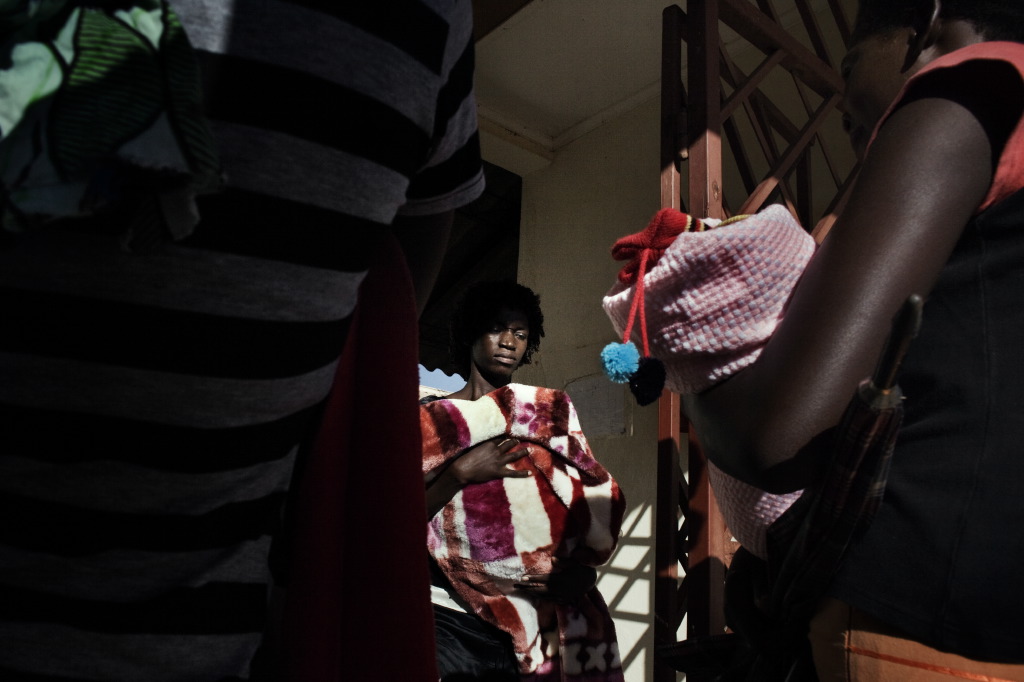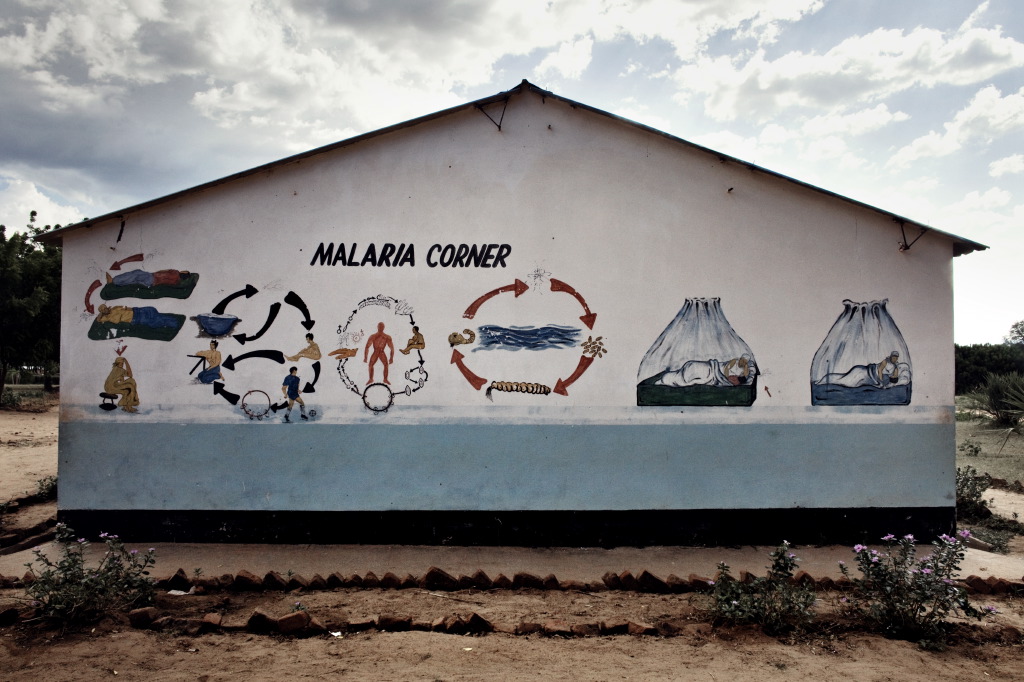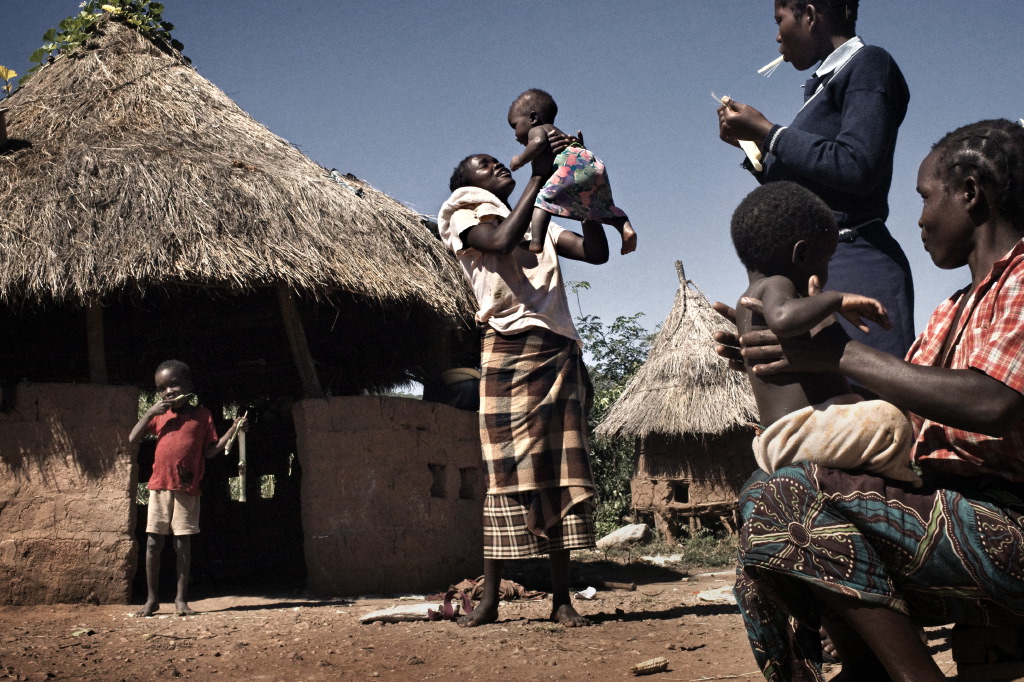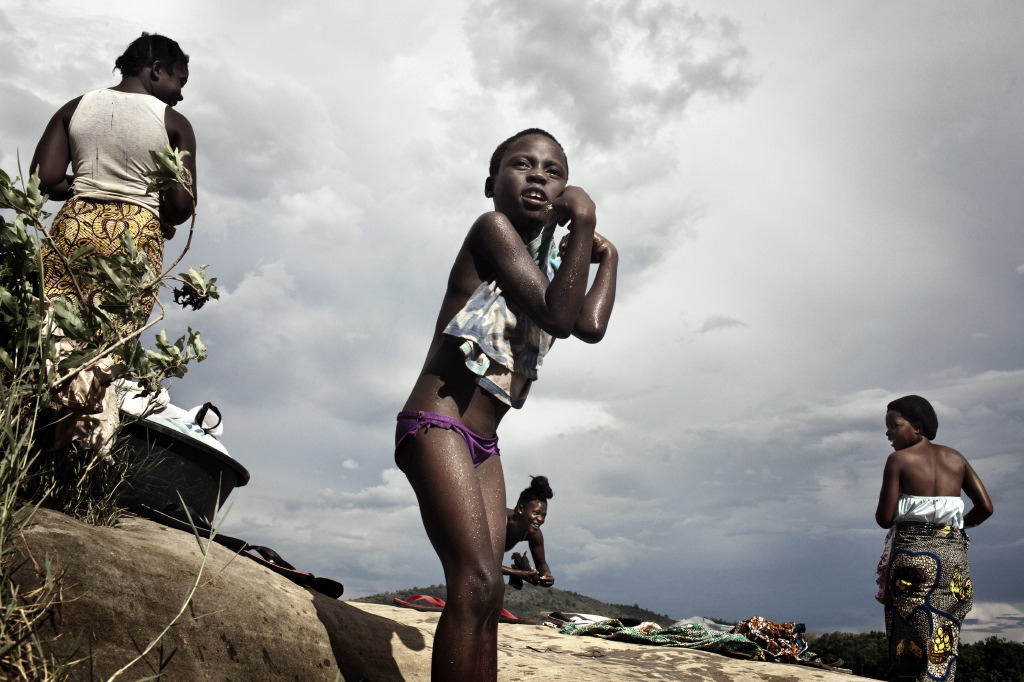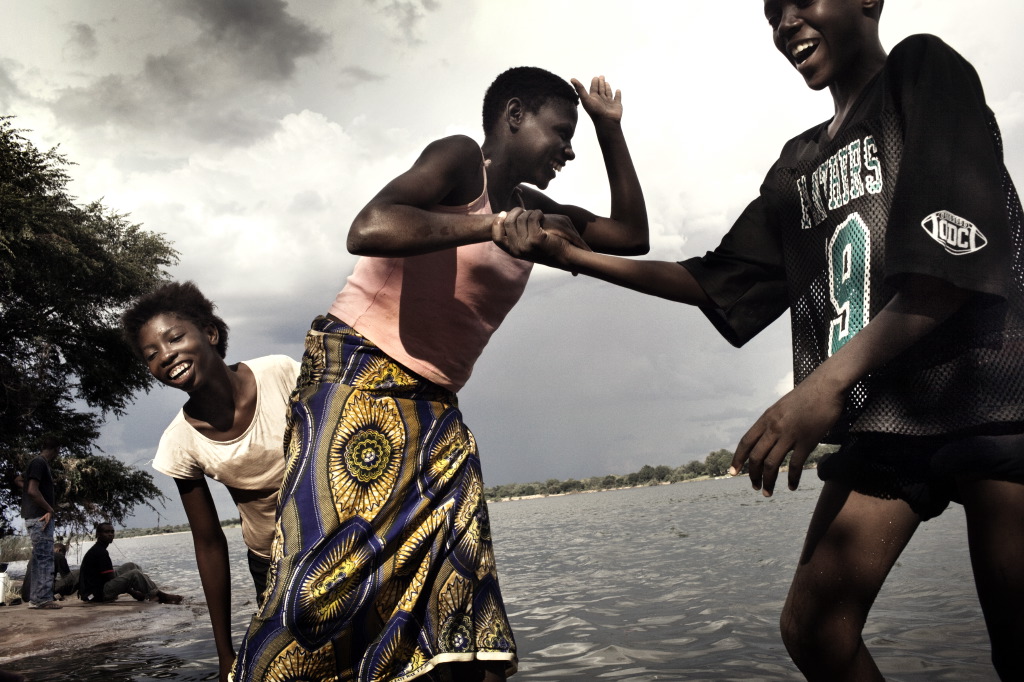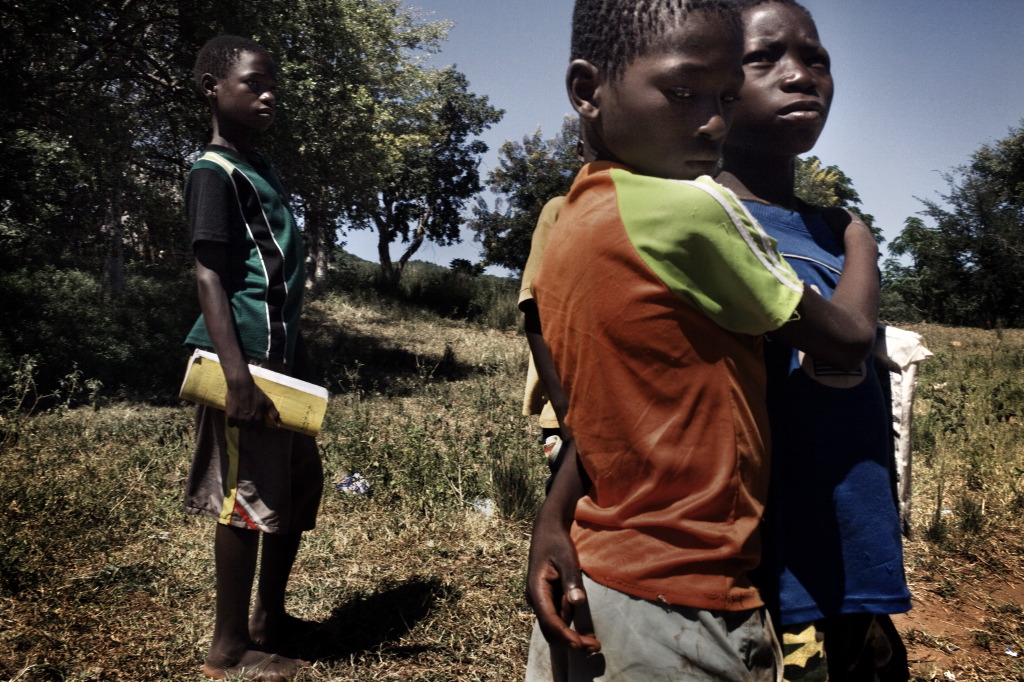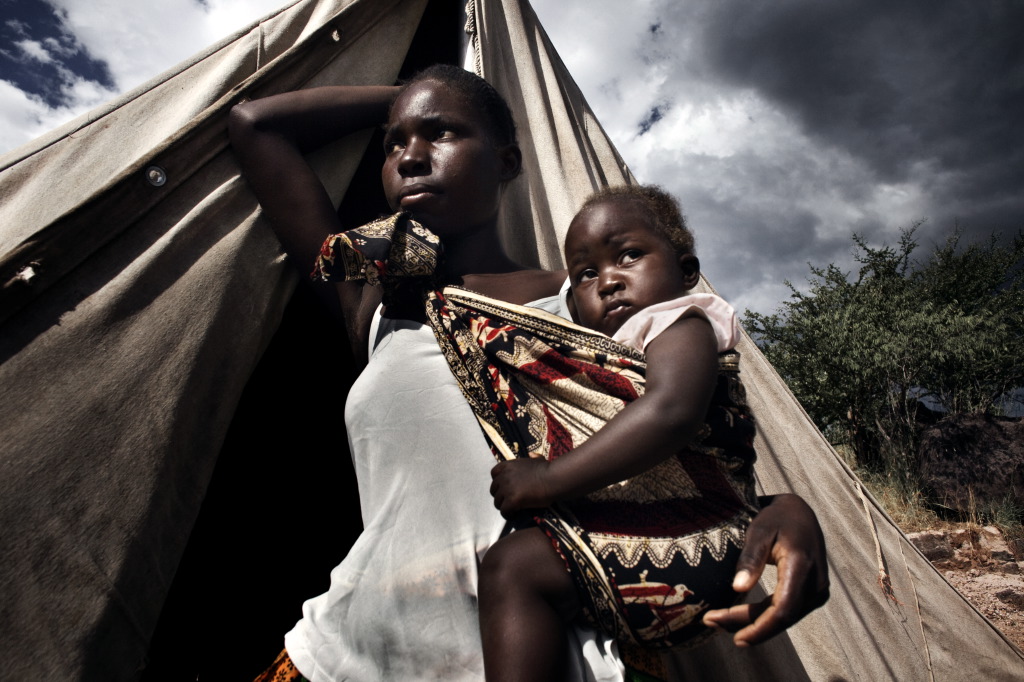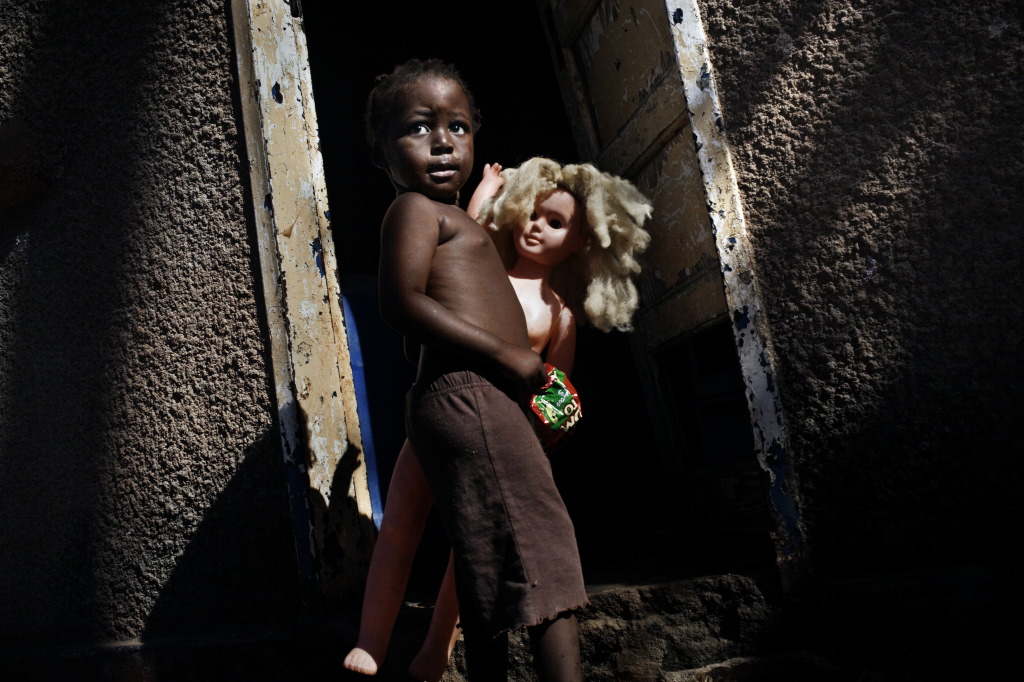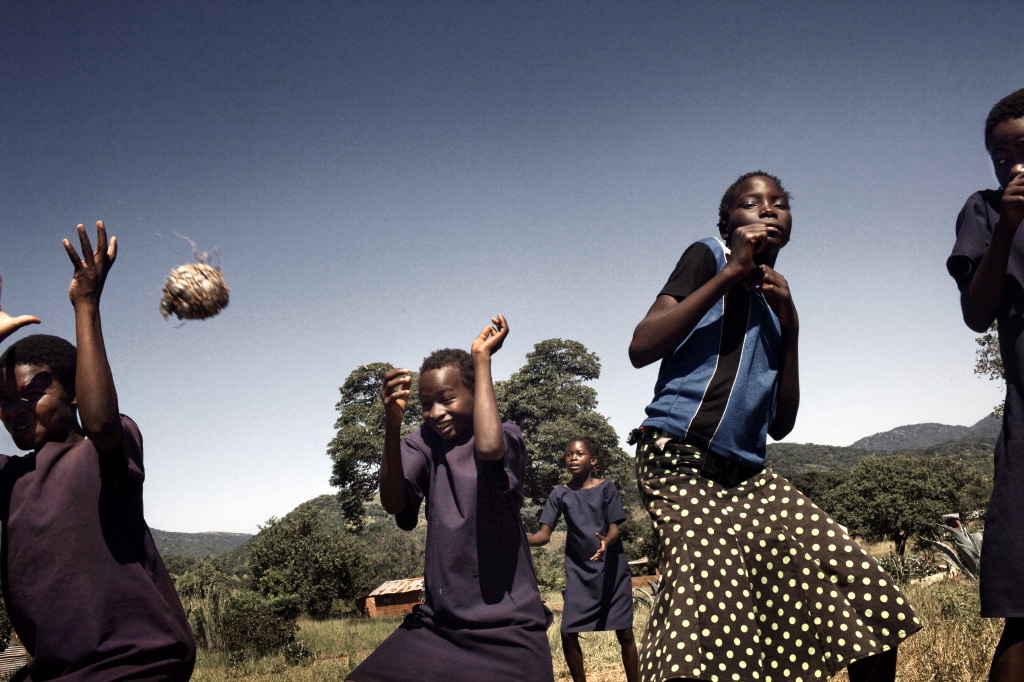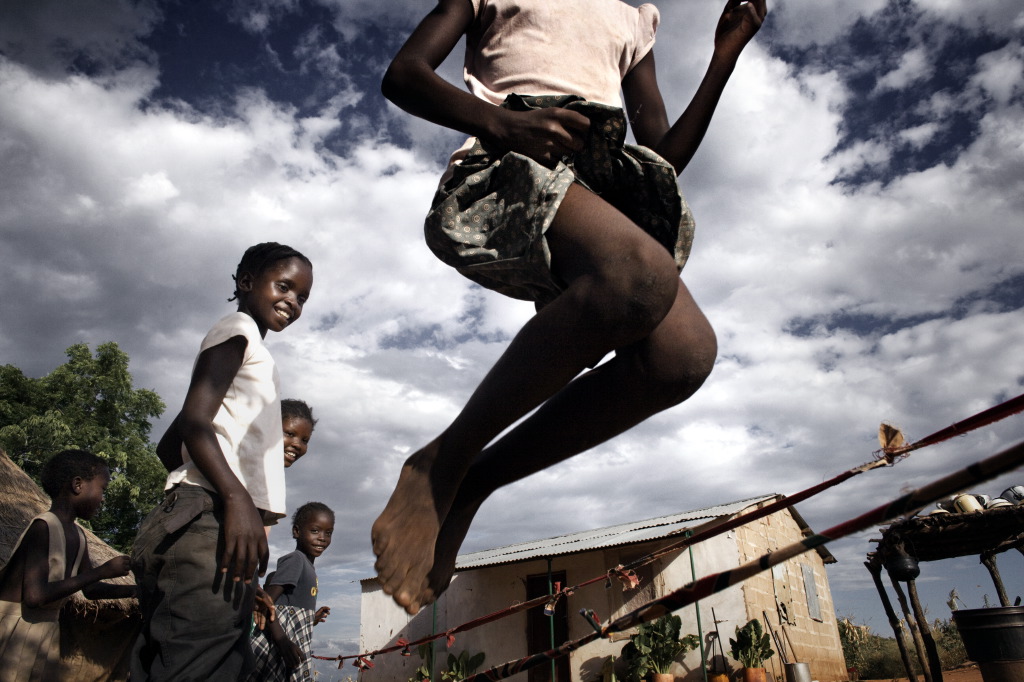X
Malaria is extremely reactive to climate change. Increased rainfall, temperatures and humidity levels favor mosquitoes and parasites proliferation and the ensuing transmission of this disease. Malaria is the main cause of mortality in Zambia, with nearly 4.3 million cases and 50 thousand deaths per year. It accounts for one fourth of all child deaths and about 50% of children affected by malaria are hospitalized. The typical symptoms, which appear only a few days after infection, include fever, nausea, headache and joints pain. Children under the age of 5 can die in less than 24hours. The “Mtendere Mission” Hospital in Chirundu, located in Southern Zambia, on the border with Zimbabwe, plays a fundamental role in the treatment of this terrible disease. Africa is the epicenter of malaria, the area where – based od data collected in 2018 – 98% out of the 228 million yearly cases occur. Thanks to the efforts to eradicate malaria at global level, the areas where malaria still proliferates have been decreasing remarkably. Yet the impact of climate changes may impair the geography and ecosystems of its transmission. (text by Luca Catalano Gonzaga).


